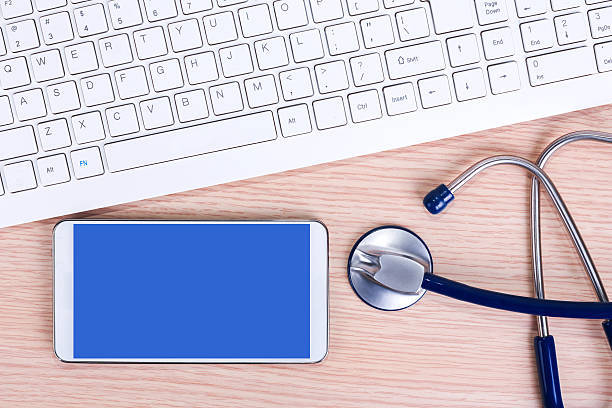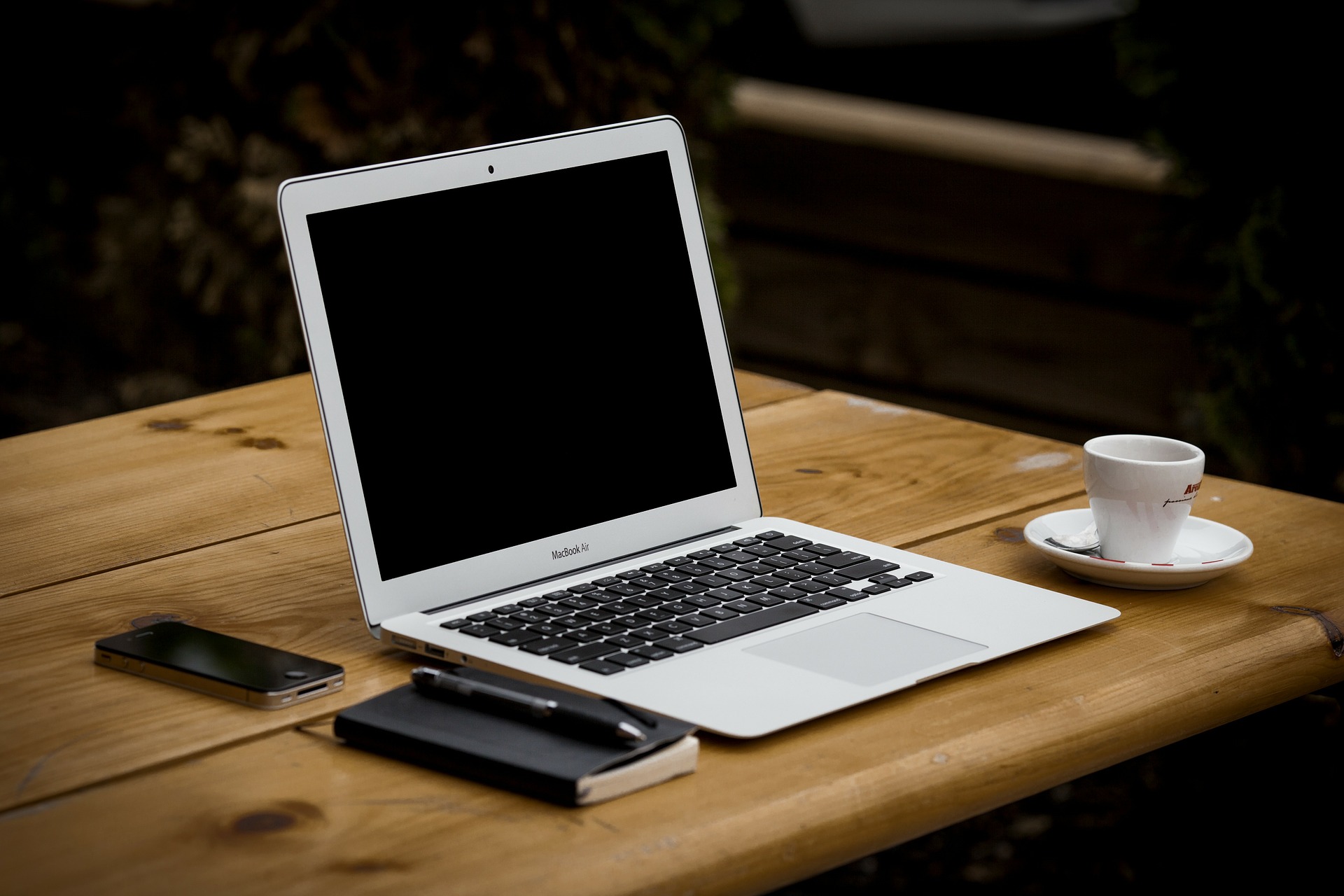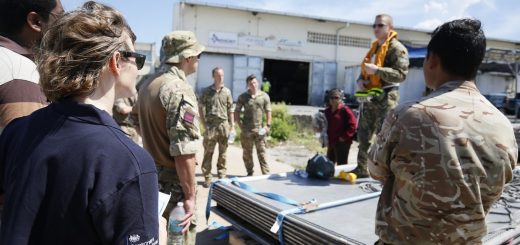Technology in Medicine: How Telehealth has Changed Medicine
You will undoubtedly agree that technology has dramatically changed medicine. Now, doctors can do a lot of operations that were not possible in the 18th Century, courtesy of today’s technology. While much of the focus is on medical equipment, there is another popular trend coming up known as telehealth.

There is some confusion as to what telehealth is. It is often thought of as telemedicine, which is quite a different thing, but that’s a story for another day.
Telehealth refers to the totality of all technology that is used to administer virtual medical services. These services may include consultations, diagnosis, information dissemination, and so on. On the other hand, telemedicine encompasses diagnosis and patient monitoring only. That is to say that, in effect, telemedicine is part of telehealth.
As mentioned above, telehealth is a vast field that encompasses several aspects. Today, telehealth is classified into four major sections.
For some chronically ill patients, visiting a doctor now and then is tedious and very expensive. That is what necessitated the innovation of RPM. This technology uses specialized equipment to send your physician crucial data regarding your health automatically.
This is a very convenient way of looking after your health compared with going to the doctor physically. Besides that, it allows your doctor to monitor your health closely to keep in check any troubles they might notice as early as possible.
With the convenience of a live interactive video feed, you can see a doctor online for ailments that don’t require a physical examination. No hassle of preparing to go to the clinic, you can get a consultation, and prescription, right from the comfort of your bed.
While online doctor consultation may be new to many people, it is among the hottest technology startups. Among the household names is the kry.care app that enables you to consult a qualified and approved GP doctor on your Smartphone, Tablet or PC.
There are some cases where doctors can’t access the patient’s records or a study sample. This could be because the area is not accessible or maybe medical equipment can’t be tagged along. But thanks to telehealth’s Store and Forward technology, sample data can be collected, stored and sent to doctors with ease.
In some ways, it is similar to Remote Patient Monitoring, but here, there is no real-time monitoring. Store and Forward are mostly applicable to medical research.
Lastly, we have mHealth, and this refers to mobile health platforms and online resources. mHealth may also include Smart Health devices as well as health forums and websites. Some of the promising mHealth innovations are in the apps world, with some reportedly able to diagnose asthma and pneumonia. It is certainly proven that many are effective in managing chronic illnesses.
Indeed, technology is changing medicine for the good. But still, there is the dark side of it especially when you look at its impact on the doctor-patient relationship.








